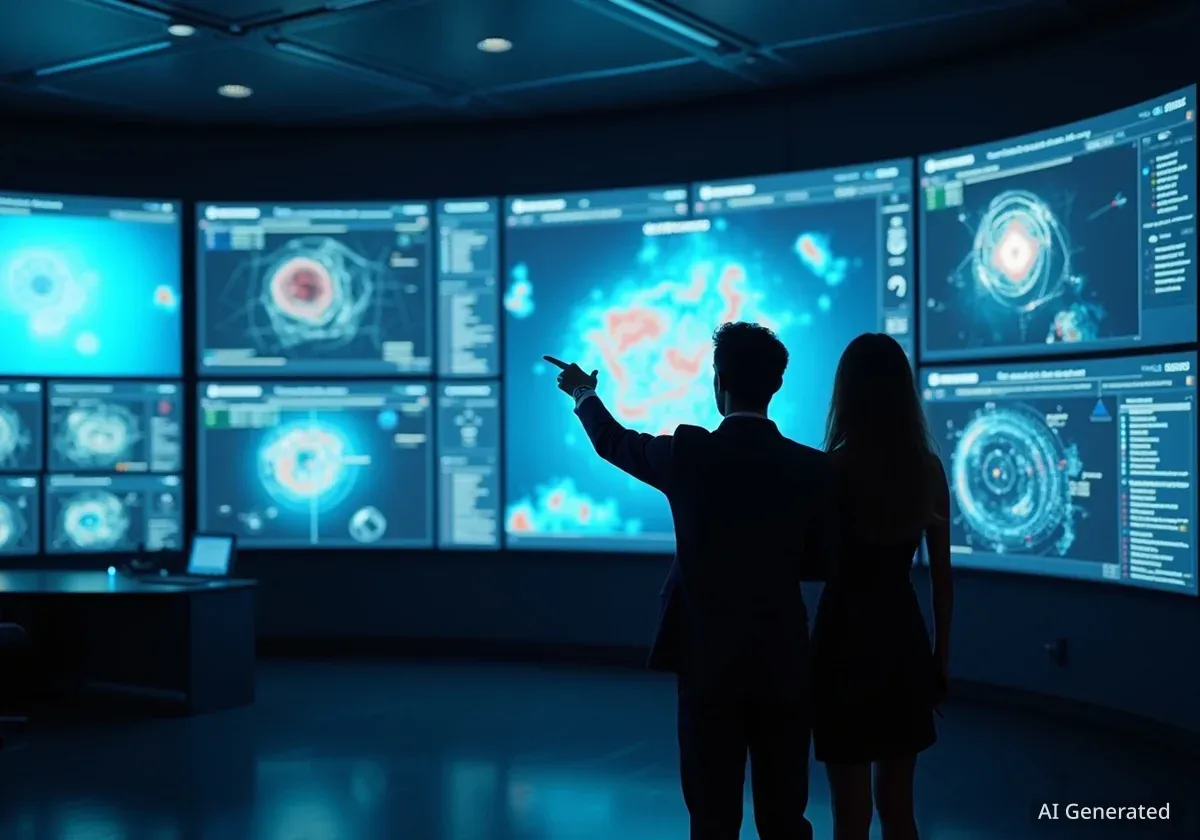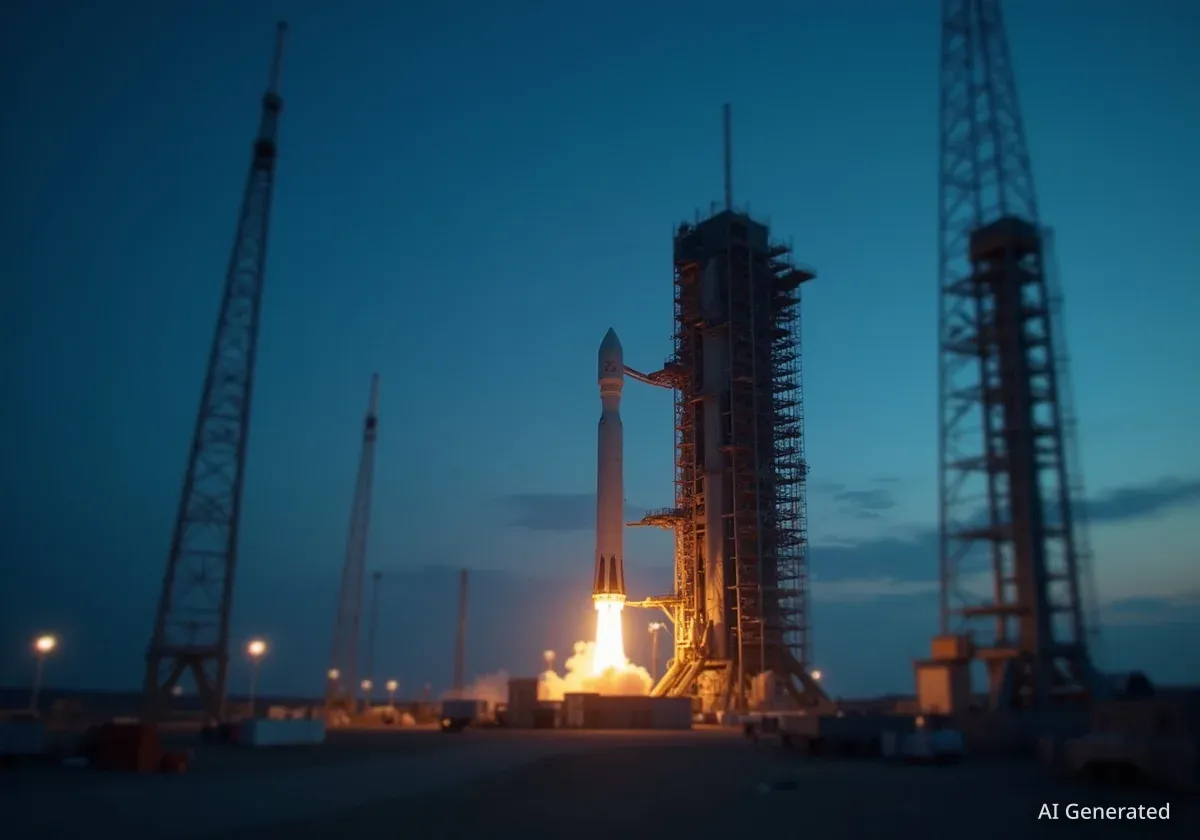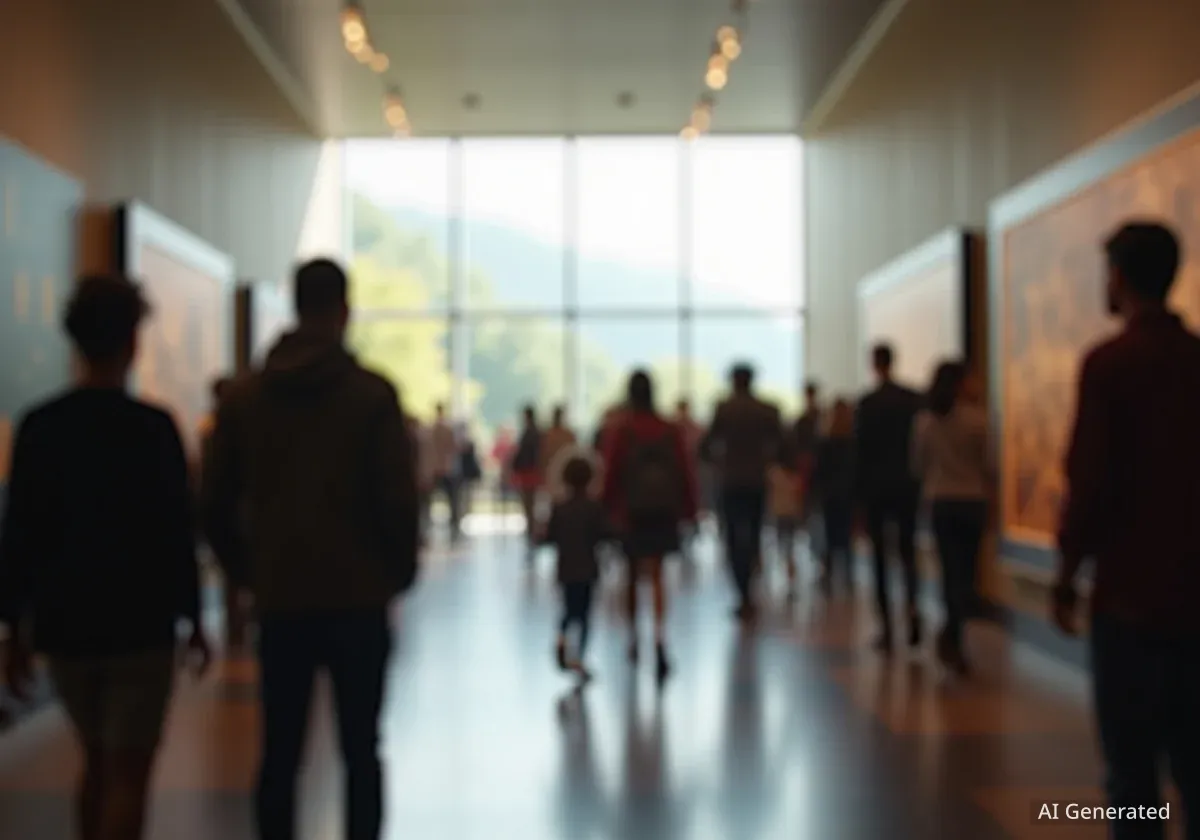The European Space Agency (ESA) and the newly formed Korea AeroSpace Administration (KASA) have formalized a partnership to collaborate on the peaceful use of space. The agreement, signed at the 76th International Astronautical Congress in Sydney, Australia, will initially focus on sharing ground station networks and coordinating space weather monitoring efforts.
Key Takeaways
- ESA and KASA signed a Memorandum of Understanding to strengthen cooperation in space activities.
- Initial collaboration will involve sharing ground station facilities to improve mission communication and resilience.
- The agencies will also work together on space weather monitoring, potentially combining data from future missions.
- The agreement opens the door for future partnerships in space science, exploration, satellite navigation, and human spaceflight.
Formalizing a New Space Alliance
The European Space Agency and South Korea's space agency, KASA, have signed a significant Memorandum of Understanding (MoU) to guide future collaboration. The agreement was announced on October 1, 2025, during the International Astronautical Congress held in Sydney.
This partnership formalizes discussions that began less than a year ago at the previous congress in Milan. KASA was established in 2024 to centralize and manage South Korea's expanding space development programs, making this agreement one of its first major international partnerships.
Speaking at the signing ceremony, ESA Director General Josef Aschbacher highlighted the mutual benefits of the alliance. He stated that the cooperation strengthens existing systems and creates new opportunities for both Europe and South Korea in space.
"This is an important moment for Europe and South Korea, opening up great opportunities for our space interests, and strengthening existing systems through cooperation. In ESA, we are excited to learn from our colleagues in KASA, and to share our experience to reach complementary goals."
Strengthening Global Ground Station Networks
One of the first practical outcomes of the agreement is an implementing arrangement for sharing ground station infrastructure. This arrangement allows each agency to use the other's facilities for critical mission functions like telemetry, tracking, and command.
This new deal expands upon a similar agreement established in 2011 with the Korea Aerospace Research Institute (KARI), which is now an affiliated research institute under the KASA umbrella.
Global Network Integration
The agreement gives ESA access to the Korea Deep Space Antenna in Yeoju, South Korea. This complements ESA's own European Space Tracking (Estrack) network, which consists of six core stations, including three deep space antennas located in different countries.
The primary advantage of this network sharing is increased resilience for space missions. By integrating their networks, the agencies can fill gaps in communication coverage and provide crucial backup support. If a primary tracking station is unavailable due to weather, congestion, or technical issues, the partner's facility can step in, ensuring continuous data flow.
A Coordinated Approach to Space Weather
Beyond ground communications, ESA and KASA have also signed a Joint Statement of Intent focused on space weather. This signals a shared interest in developing capabilities to monitor and forecast solar activity, which can pose significant risks to satellites, power grids, and astronauts.
Combining Mission Data
The collaboration could see the agencies combine data from two distinct, yet complementary, future missions. ESA is developing its Vigil mission, which will be positioned at Lagrange point L5, a stable point in space that provides a side-view of the Sun.
Meanwhile, KASA is planning a solar probe mission to Lagrange point L4. By placing spacecraft at both L4 and L5, scientists can achieve a more comprehensive view of solar phenomena, such as coronal mass ejections, before they impact Earth.
The Importance of Lagrange Points
Lagrange points are positions in space where the gravitational forces of two large bodies, such as the Sun and Earth, produce enhanced regions of attraction and repulsion. Placing satellites at these points allows them to maintain a stable position relative to Earth with minimal fuel consumption, making them ideal locations for long-term observation missions.
According to the agencies, combining data from these vantage points will deepen research into solar activity and significantly improve space weather forecasting. The ultimate goal is to support the development of a comprehensive global space weather service by the 2030s.
Expanding Horizons for Future Cooperation
The MoU signed in Sydney serves as a framework for a broad range of potential future collaborations. Both agencies have expressed a commitment to exploring joint projects across multiple domains of space activity.
KASA Administrator Yoon Young-bin emphasized this forward-looking perspective. "KASA’s objectives include enhancing global space cooperation," he said. "Today, we have taken an important step and we look forward to our shared journey in cooperation in space activities for peaceful purposes.”
Potential Areas for Partnership
The agreement explicitly lists several areas where the agencies may work together in the future. These fields represent the full spectrum of modern space endeavors:
- Space science and exploration
- Human spaceflight programs
- Development of space-based infrastructure
- Satellite applications for Earth observation and telecommunications
- Space industry and academic networking
- Ensuring space sustainability and mission assurance
Enhancing Satellite Navigation Systems
Another promising area for collaboration is satellite navigation. KASA is actively developing the Korea Positioning System (KPS), a regional navigation system designed to augment existing global services like GPS and Galileo.
The agencies anticipate that cooperation on missions such as LEO-PNT (Low Earth Orbit Positioning, Navigation, and Timing) could lead to significant improvements for users of both European and Korean systems. By working together, ESA and KASA aim to enhance the accuracy, stability, and mutual reinforcement of their respective satellite navigation signals, improving reliability for all users.





